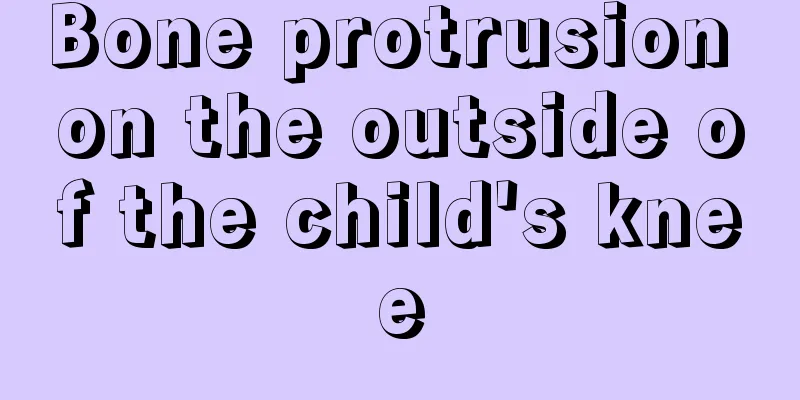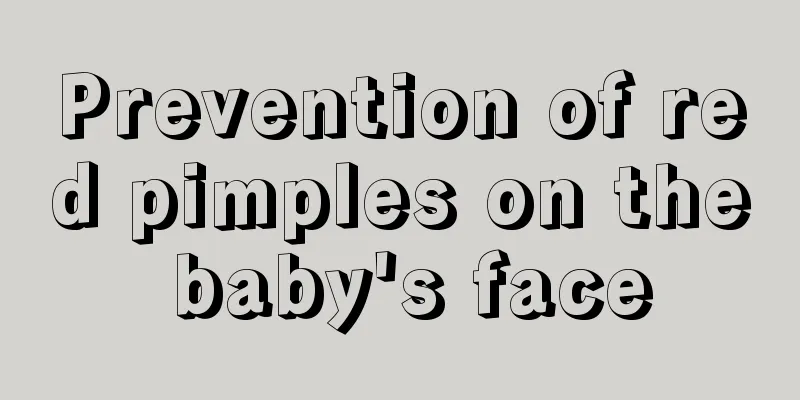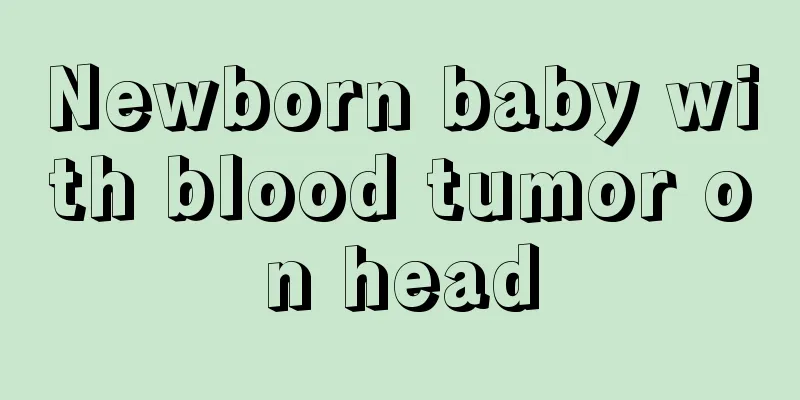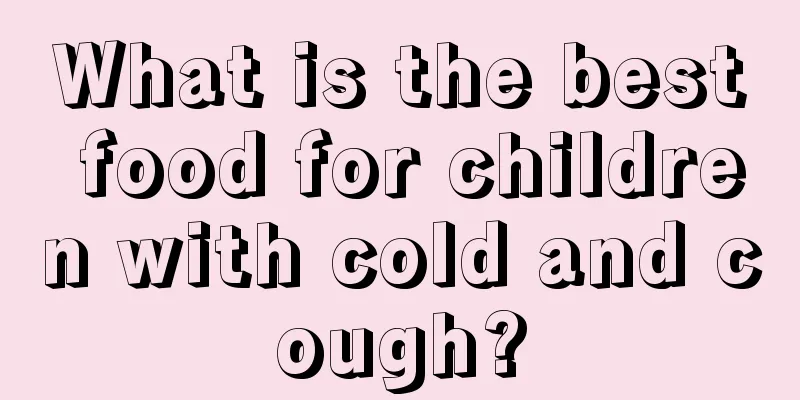What causes facial twitching in children?

|
The facial muscle system is very developed. It controls various facial movements and is the basis for people to express various expressions. When facial muscles are damaged, some twitching may occur, causing problems for the patient's expression control and making it impossible for the patient to express various expressions correctly. Among them, facial problems represented by convulsions are more common in children. Let’s take a look at what causes facial convulsions in children. Child's facial twitching Facial tics are a very common disease. Their symptoms include short, rapid, sudden, involuntary movements of varying degrees, starting with frequent blinking, squinting, etc. Causes: Listed below are some of the main factors that can cause tics in children. These factors are: 1. Pregnancy and childbirth factors: maternal high fever during pregnancy, history of dystocia, history of asphyxia after birth, neonatal hyperbilirubinemia, cesarean section, etc. 2. Infectious factors: upper respiratory tract infection, tonsillitis, mumps, rhinitis, pharyngitis, chickenpox, various types of encephalitis, viral hepatitis, etc. 3. Mental factors: fright, emotional excitement, sadness, watching thrilling TV shows, novels and stimulating cartoons, etc. 4. Family factors: strained relationship between parents, divorce, scolding or beating of children, etc. 5. Others: such as epilepsy, trauma, carbon monoxide poisoning, toxic indigestion, allergies, etc. harm 1. Children with facial tics have a lack of concentration, which can easily lead to a decline in academic performance. Some children may fail or even repeat a grade. It causes great pain to both children and parents. It also affects the children’s future education. 2. The harm of facial tics is obvious. Because of the symptoms of tics, children are often laughed at and ridiculed by their classmates, which makes them feel inferior and withdrawn. Over time, children become lonely and unwilling to contact others, and even develop revenge and hostility towards those who laugh at them. This can easily lead children to a criminal path. 3. Personality development issues. The age of 4 to 12 is an important period for children to form their self-awareness and develop from natural persons to social persons. The characteristics of children's psychological development at this stage are: in the interaction with adults and peers, their self-awareness develops, and they form certain views and evaluations of themselves, such as whether they are smart or stupid, beautiful or ugly, etc. |
<<: What's going on when a two-year-old baby has convulsions?
>>: One-year-old baby can't speak
Recommend
What causes retinal hemorrhage in children?
Retinal hemorrhage in children is generally not c...
How to effectively treat mumps in children
Every year we hear about the outbreak of mumps, a...
Reasons for red pimples on baby's face
Children's skin is relatively delicate. In th...
How much weight can a newborn baby gain in two months?
Under normal circumstances, a newborn baby will g...
Baby care tips for new mothers
Whenever a new life comes, what follows is not on...
Treatment of yellow tongue coating in infants
As parents, when our children have yellow tongue ...
How to treat a baby's stomach problems
Almost every baby will have gastrointestinal prob...
Symptoms and treatments of autism in children
Recently, there are more and more cases of autism...
What to do if primary school students have weak memory
Primary school students are at the age when they ...
Why does a newborn baby sneeze?
Many women have gone through ten months of pregna...
Tips for preventing high school students from getting into trouble
The third year of high school is a very important...
What to do if your child vomits after eating Aqi
Azithromycin tablets are a common Western medicin...
The dangers of patent ductus arteriosus in children
For children, patent ductus arteriosus may cause ...
Why does a child drool at night?
As children grow up, the physical changes that oc...
How to prevent asthma in children
How to prevent childhood asthma? The onset of chi...









